
I said before and I’ll say it again: being skinny sucks.
And when it comes to being rail-thin, I’m an expert. (The license I got in high school says I’m 110lbs.)
When I lived in South Korea, I worked to put on some mass. Then, when I was in Taiwan, I really worked to put on some mass. The same thing happened when I came back from Australia in 2011 and again during 2014 when I tried a program backed by Precision Nutrition and gained about six pounds of muscle in one year.
The problem was that I could gain weight, but it never looked “pretty” and I always lost it because I was tired of feeling fat.
Well, no more. Starting in 2015, I decided to tap into my inner 50 Cent and get bigger or die trying. And with the Spartan Race World Championship in October, I figured this would be the perfect time to become a machine.
On January, I weighed in at 66kg (146lbs) and hit my goal of 73kg (151lbs) in mid-May.
Here’s how I did it and how it can help you if you’re looking to gain a lot of weight quickly.
Ready to upgrade your health and fitness? I created 5 free life hacks to boost your results in life. Get them here:
Note: I use the Metric System in this article. (Here’s a converter for my fellow Americans.) Why metric? Because after living abroad for two years, I realized it’s just WAY easier.
Onward!
Motivations
Before I show you how I did it, let’s talk about why I did it.
I was “always skinny,” yes… but it wasn’t like I developed a Napoleon complex to compensate. (At least, I don’t think I did.)
The main motivation was that I wanted my body to reflect how I felt inside.
Since I started training in South Korea, my target number was 73kg. There’s a rule-of-thumb that a male should weigh, in kilograms, about 100 less than his height in centimeters. So since my height is 168cm, I should weight AT LEAST 68kg. (168 – 100 = 68). Simple.
And if you look at male athletes with impressive, muscular physiques (i.e. not soccer players), they’re usually between 5 – 10kg over their height minus 100.
Well, after going back and forth for so many fucking years, I figured I’d invest the time in 2015 and get to where I want to be. Better still, once I’m there, it’s far easier to “maintain” than it is to “transform” — from then on, I can focus on all my other long-term goals and stop wasting cognitive energy on this one.
The Formula
There’s a saying in the fitness world:
You can only put on a pound of muscle per month, at most.
The only agreed-upon exception is a beginner who’s spent more time on the couch in the last week than in the gym his entire life.
But they’re wrong. There’s also another important exception:
The elite athlete.
Football, baseball, and hockey players — at the collegiate and professional level — routinely gain a stunning amount of muscle in the offseason. (Check out this link to the Edmonton Oilers offseason or this one about NFL Combine prep where the athletes added a ton of muscle while shedding fat at the same time in just a few months.)
But these guys are logging in well over 20 hours a week of pure fitness training.
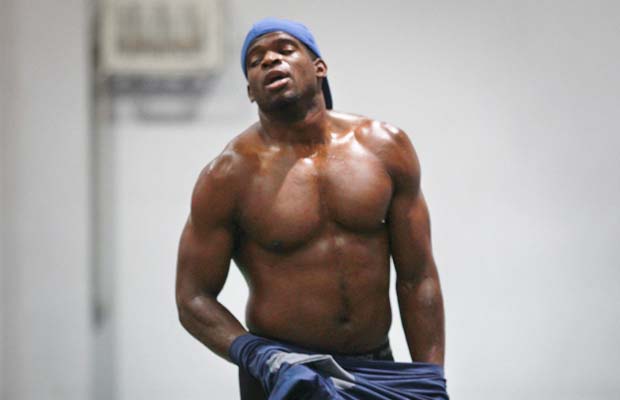
Most people should not try this. But I figured, oh well, what the hell…
The Diet
Most days, I did intermittent fasting: I wouldn’t eat my first meal until 1 – 2pm.
Occasionally, I’d eat breakfast — usually on workout days — but it wasn’t essential.
He’s a witch! You’re supposed to eat 5 – 6 meals a day to bulk!
Clearly, the answer is “not really.” (I mean, you can if you want, but I couldn’t be bothered.) Meal frequency, timing, and splitting hairs about organic vs. non-organic pales in comparison to the basics of healthy weight gain: eating clean foods and eating a lot of them.
Since I wrote my article in 2012, I always get a lot of comments from people who struggle to gain weight. Back then, I drank 1/2 GOMAD (or a half of a gallon of milk a day) — would I recommend that NOW?
No, unless you’re really desperate.
Instead, make eating part of your training. Your fork, spoon, knife, or chopsticks are your barbell. And if you still struggle to gain weight, the problem is you simply are NOT eating enough food. To be completely honest, during this recent bulk, I had no idea how many calories I ate per day. (Probably a lot.) I just focused on consistently preparing myself a large amount of food… and making sure there were no leftovers.
Also, here’s an easy way to tell if you’re eating enough to gain: when you hang out with your friends, do you eat more than all of them? I almost always do. Hang out with dudes who weigh over 90kg and eat with them…
…and make sure you don’t lose.
Lunch
Lunch generally consisted of three elements:
- A salad with a variety of vegetables
- A bowl of steel-cut oatmeal
- An industrial-sized amount of protein (chicken breasts, omelette, etc.)
- Lots of various fruits
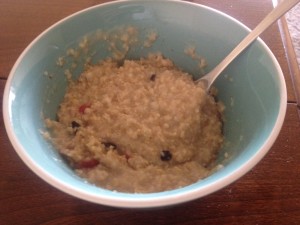
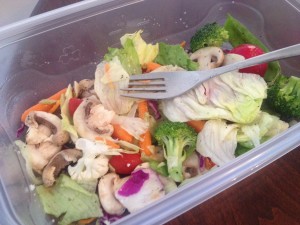
I say “generally” becomes, sometimes, I said “fuck you” to my diet and switched it up.
Somedays, I went out for noodles. (I’m Asian, for Christ’s sake.) Sometimes, I had some eggs, sausage, biscuits, and pancakes at a dank breakfast spot. Hell, somedays I even went for a burger and fries.
Bu…but Anthony, won’t you get fat?!? The truth is: if you eat healthy most of the time, you can have more flexibility with your diet. That’s why, when people freak out about Thanksgiving weight gain, I just shake my head and ask for a third helping of desert. Because I already won the war — I’m more-than-happy to surrender on this battle.
Plus, you need to break out of the monotony of your diet from time to time.
Dinner
Dinner was generally a stir-fry of some kind with rice instead of oatmeal.
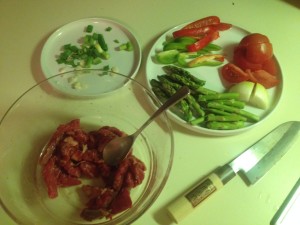
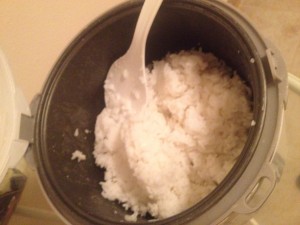
RICE?! I’M NOT ASIAN LIKE YOU, ANTHONY! I’LL GET FAT.
Diet gurus make me LOL. (Same with 96% of fitness coaches, but that’s another story.) People tend to villainize a single thing and blame it for their problems: carbs, alcohol, gluten, fat, sugar…
… or red meat.
But it’s never just one thing, is it?
Snacks
My snacks were basically something calorie-dense to chew on as a read a book before bed. Usually they were either almonds or local full-fat yogurt (none of that Yoplait bullshit). It was a great way to get an extra 300 nutrient-dense calories before sleep.
The Program
In my fitness journey, I did the StrongLifts 5×5 for a while until I shifted into a “Results Fitness” style of training in 2012.
The problem was it simply wasn’t enough volume or intensity to get massive results. It’s great for a software engineer to lose a few pounds and look and feel more confident — it’s not optimal for someone who’s trying to put on a crazy amount of muscle in minimal time (and is more-than-ready to spend the time to train).
This time, I followed programs designed by Rogue Performance in Denver (Wheat Ridge, to be specific). But there was nothing overly complicated about the program: it was basically a shit ton of total-body movements — squats, lunges, deadlifts, pushes, pulls, etc. — with a concentrated-loading periodization format.
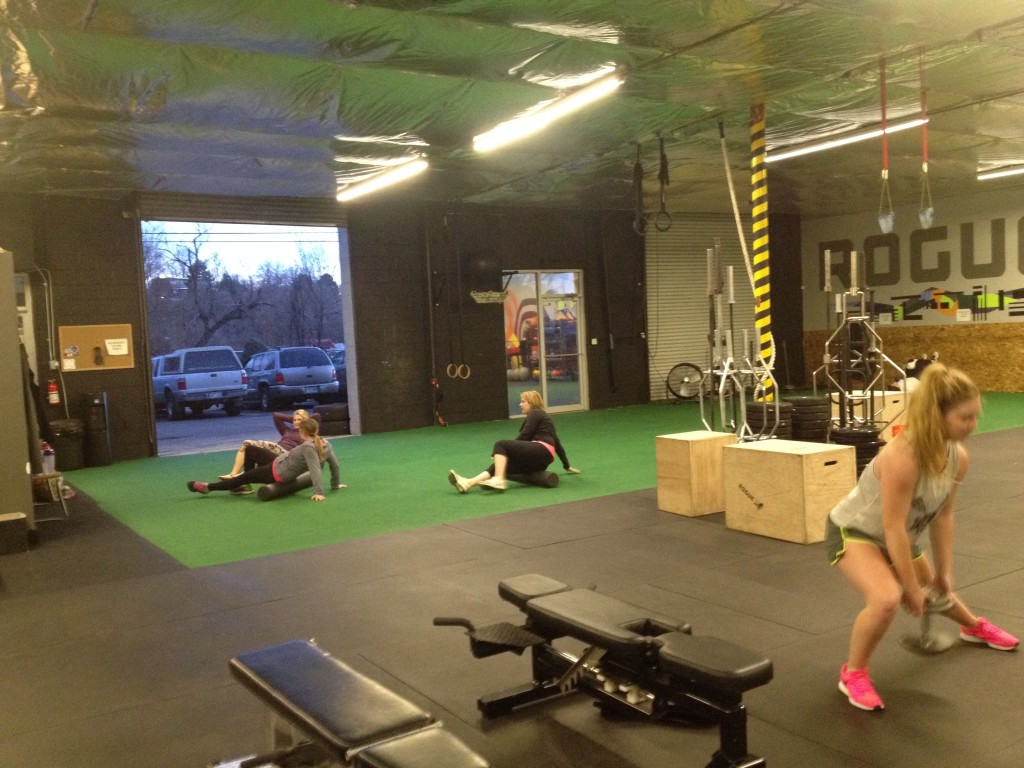
(I lied. I didn’t do squats and deadlifts because of a preexisting back injury.)
It got to the point I would do upwards of 60 work sets per session, three times a week. Off-days included a lot of aerobic conditioning work — hikes, runs, jogs, stationary bike, fast-twitch oxidative work, etc.
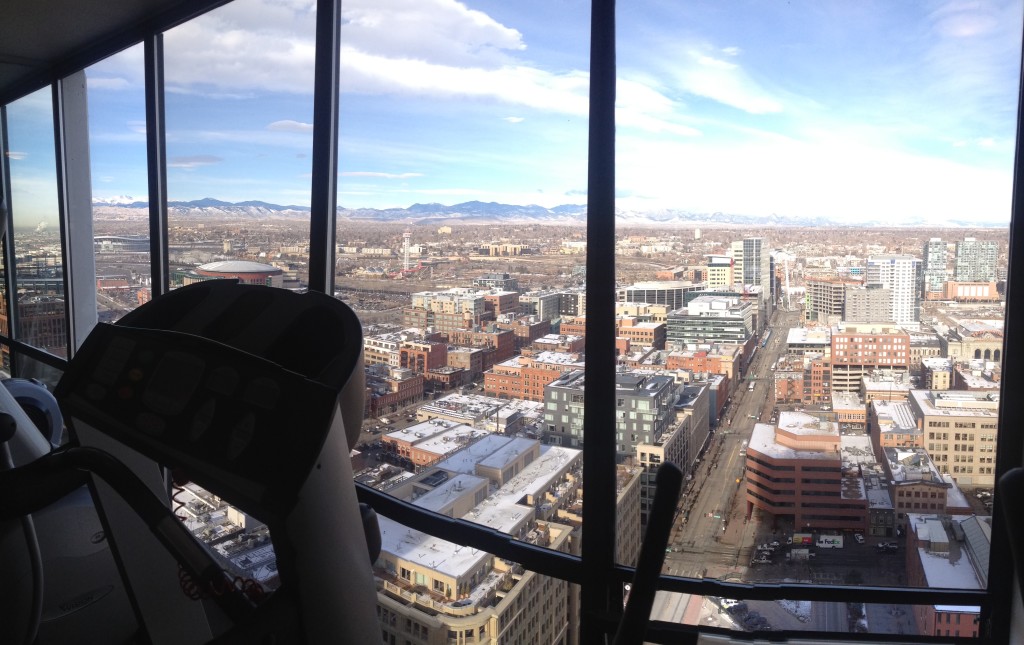
(But it, sadly, wasn’t all aerobic. More on that later in the article.)
Overall, my strength shot up, the body fat stayed constant (or lower), and my scale kept increasing.
Recovery and Supplementation
I usually slept eight to night hours a night. Sometimes, I took a mid-day nap on top of that. I didn’t take any “crazy” supplements — just the following:
- Protein powder
- Multivitamins
- Fish oil
- Plazma (from Biotest)
Mistakes
Remember that past article I wrote with a laundry list of mistakes? This time I did far better. And after looking back on it, I only made one mission critical mistake.
It wasn’t my diet.
It wasn’t my exercises.
It wasn’t my alcohol consumption (or lack thereof, really).
It was that I skipped building a tremendous base.
REAL work capacity doesn’t come overnight.
It can actually take years.
The truth is that just because you’re lean and muscular doesn’t mean you’re in shape. Just look at the top leagues around the world — quite a few world-renown athletes actually have conditioning issues. (Google it.) The problem is they’re so motherfucking talented, they can get around it.
Unfortunately, nowadays, too many people subscribe to the HIIT-only model of training:
Oh, I’m just going to do high-intensity interval training like a badass, swing ropes, smash tires, do sprints, and get a tribal tattoo on my shoulder! That’s, like, way better than aerobic training.
HIIT, for a long time, was lauded in the fitness industry for being better than aerobic training (and sliced bread) for fat-loss AND general conditioning. Now the pendulum is swinging as the most advanced strength coaches on earth are preaching the importance of an aerobic base. Why? Because it’s the foundation for everything else. And skipping it by going straight to intense, bootcamp-style workouts is like learning to walk before you can crawl.
Initially, I thought that all my extra hours of cardio would help me develop a strong base. Yet, as a result of not having the right foundations, my aerobic work was too intense. A jog around the park, for example, would push myself outside of the “aerobic window” even though it was long-duration training. What did that mean for my body?
I was absolutely crushing myself. (And not in a good way.) In a way, I was hoping to cheat the system and shift to a high level of training volume — unfortunately, after a few weeks, my body broke down — I couldn’t sleep, I felt lethargic all day, I felt like shit after workouts, and I started getting sick.
Ultimately, I lost six weeks of training from February to April.
Nowadays, when I jog in a park, I keep my heart rate between 130 – 150bpm. I’ve noticed I’m by far THE SLOWEST FUCKING JOGGER THERE IS. (Nothing gets the female runners hearts’ going like watching a short, yet surprisingly sexy Asian-American male move at 2.73 mph.)

At first, I was wondering, how is that everyone’s running speed at the aerobic window kicks the shit out of mine? Am I that deconditioned? Maybe. (Although my resting heart rate is still pretty good overall, which shows a decent aerobic base.) There is, however, one confounding factor: if people are running in a park with their fancy neon Lululemon clothes, they probably run A LOT and are, thus, good at it (while I would easily beat them at Bulgarian split squats). But here’s another thing:
They’re probably running at OVER 150bpm.
And that’s exact OPPOSITE of what I want to do.
At that level, your cardiac output actually declines due to inadequate filling time in your left ventricle. So rather than getting a nice, big, happy, and strong heart, I’ll get one that’s smaller due to the overemphasis on concentric strength. (If you have no idea what I’m talking about right now, just nod your head approvingly and trust me on this.)
Rather than running just to run, I’m starting to run with a purpose. And by staying the right zone, I’ll develop the improvements in cardiac output, stroke volume, mitochondrial density, anaerobic threshold, capillary density in Type I and II, and vagal tone that I want. (Again, just nod your head.)
Recently, to add to my fitness arsenal, I bought a heart-rate variability (HRV) monitor. Basically, it’s a tool that measures your stress-response abilities (which is a newfangled way of referring to Seyle’s General Adaptation Syndrome.) And man, the results weren’t where I wanted it to be. My resting heart — while much better than average — still shows room for improvement in my aerobic conditioning. My HRV is lower that I’d like, too, which means a lower work-capacity, stress response, and ability to recover.

As for my HRV, that bastard can listen to things I couldn’t detect. Today, for example, I thought I was good-to-go, but after a hour-long run yesterday, it basically said, “Anthony… if you exercise hard today, YOU WILL FUCKING EXPLODE. Or get really fatigued. Probably the latter. But yeah dude, don’t push too hard.”
Roger that.
Next Steps
Just keep doing what I’m doing.
Train hard, condition smart, and pay attention to my HRV.
You’ll hate me for saying this, but in the months of January and February, my waist actually shrunk and I had to use another notch on my belt to keep my pants from falling down like Biscuity Boyle while going from 66kg to 69.5kg.
To be fair, though, I was training about 12 – 13 hours per week. I’ll get back there eventually.
This time, I’m going to do it right.
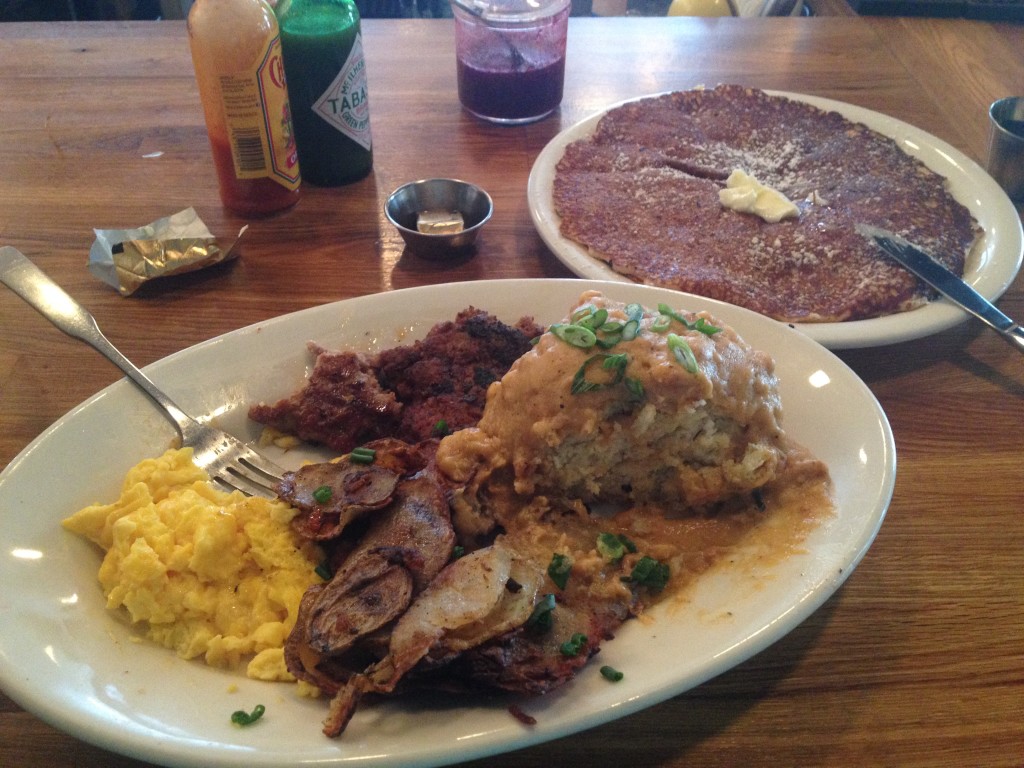
Let’s be honest, most people are just too lazy to eat properly and enough, including me.
Now I just drink 2 shakes on top of my regular eating schedule, doesn’t take me a lot of effort but it does increase my caloric intake by 1500ckal a day.
2 scoops of whey, 1 banana, 3 teaspoons of peanut butter, 500ml of milk, mix it up and tadaa. 😀
Nice man! As long as you’re making good progress, keep it up! 🙂
Excellent blog articles on weight gain. I am from India but been in the U.S for about 19 years now. About 42 years old now and have increased my workout activity in the last 2 years. I am 5’10” and used to weigh about 164 Lbs and since 1.5 years have been hovering around 153 Lbs. I tried body beast routine very religiously and have seen some strength gains and visibly leaner structure but not the weight gains I was expecting. I always used to blame my body type for not gaining enough muscle. Your articles gave new hope to me and am trying to decide between strong lifts and denver rogue
Definitely Denver Rogue!!! 🙂